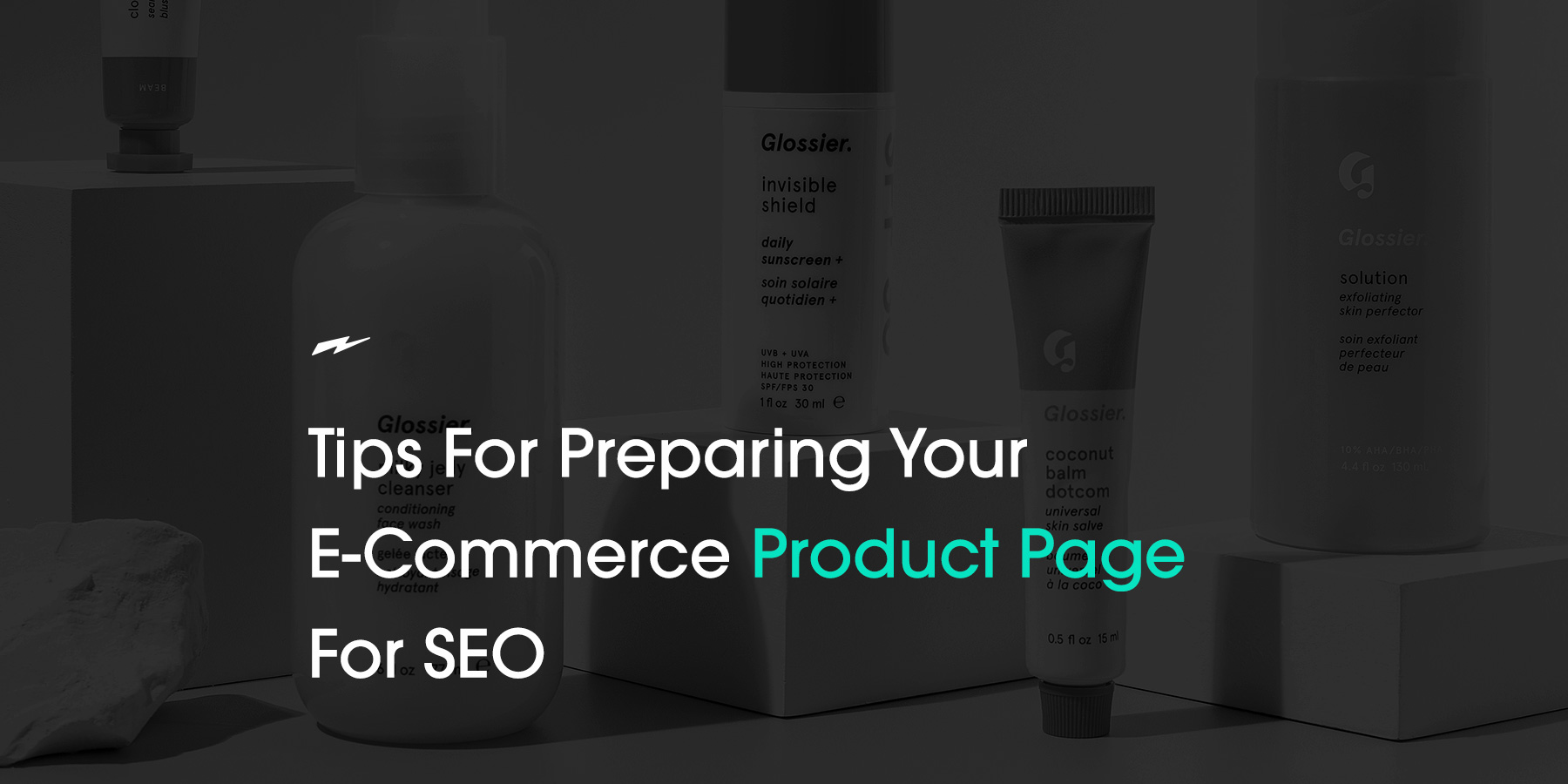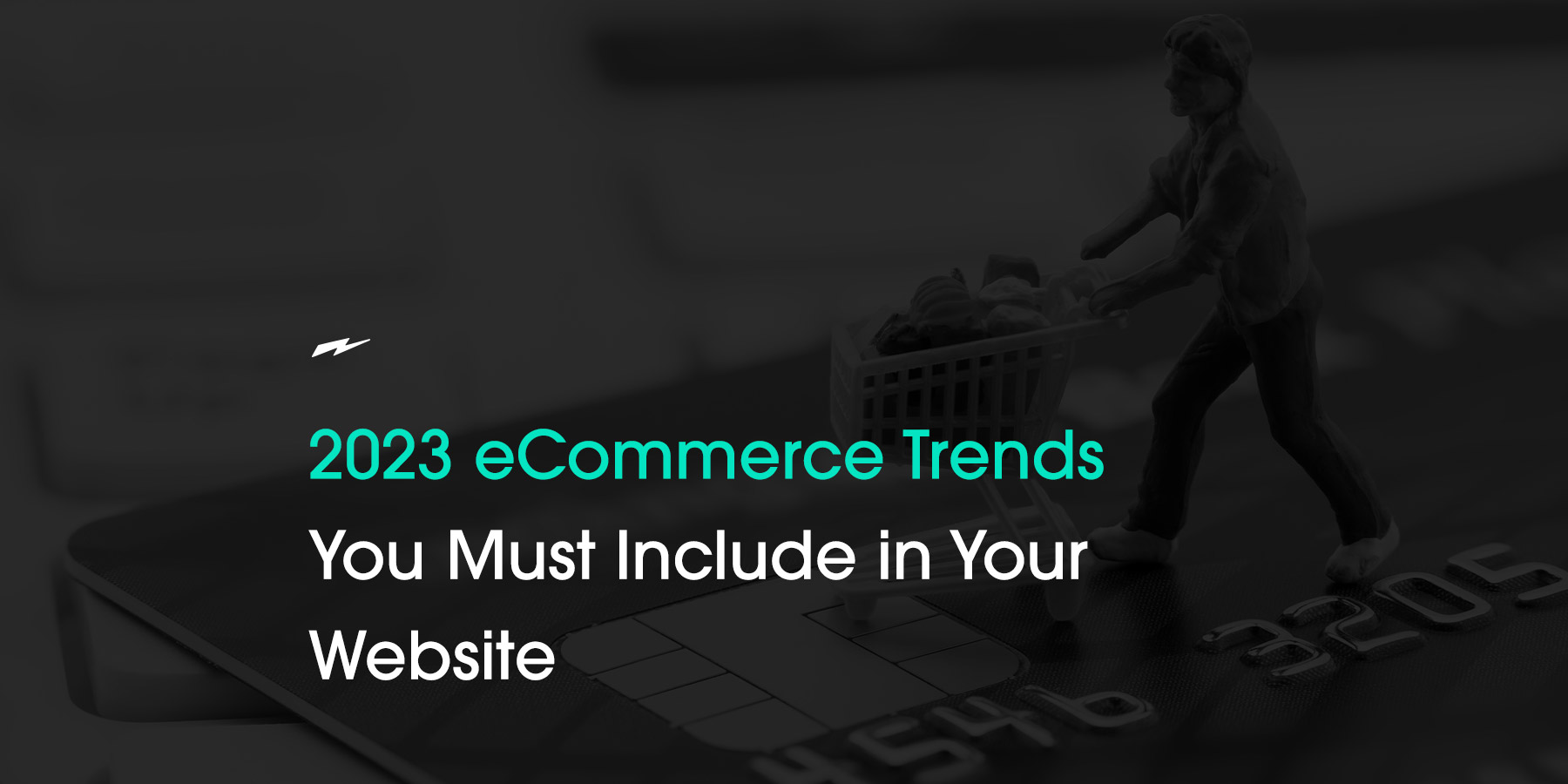You want your e-commerce product page to rank highly on search engine results pages. This is because Google delivers top results first when a search is performed. A user will most likely look at the first page of results first. An e-commerce product page that is well-optimised can also help you with conversions. When you follow these SEO tips we’ve prepared, your e-commerce product page will provide you with more opportunities to make your sales:
1. Make Sure Your Product Titles Are Relevant
First impressions matter. This is especially true with web pages. This is because users almost immediately decide whether or not they will stay on a page or leave. Google also uses product titles as one of the leading indicators to determine a page’s relevancy. With that in mind, make sure that your product titles are relevant and compelling to have better chances of ranking higher.
2. Put Out Unique and Useful Content
One thing that users and search engines hate is duplicate content. If multiple pages on your website have the same range, search engines will penalise you for it. You want to make sure your e-commerce product page is unique. High-quality, unique content attracts search engines. They want to see that you have original content that adds value to your page and to other pages as well. If search engines like what they see, they will rank your page higher and reward you with more traffic.
3. Improve Your Page’s Loadspeeds
When a search engine user types in a query, speed is a factor that search engines use to determine a web page’s relevance. Slow pages are less likely to be ranked highly. This is why it’s crucial to have fast-loading pages. One way to help with this is by remembering smaller file sizes allow images to appear faster to users. See which areas you can optimise, like images and other content.
4. Optimise for Mobile
Everyone is on mobile today. That’s why it’s essential to make sure your e-commerce product pages are mobile-friendly. Users can quickly browse their phones without having to zoom in or out on your website. If users can’t see your products on their handheld devices, they’ll likely contribute to your bounce rate rather than your conversion rate. Responsive design is what customers and search engines look for.
5. Include Keywords in URLs
Web pages with relevant and keyword-rich URLs have a higher probability of gaining traction with search engines. This is why it’s important to include your keywords in your URLs. It doesn’t matter if you have a single word or multiple words in your URL. The important thing is that you include a word or words that are related to your product or service.
6. Write Relevant Product Titles
When writing product titles for your e-commerce website, it’s important to remember that search engines always take a look at the title tag of your pages. The title of your e-commerce product page is what will show up in search engine results. This is why it’s a good idea to include your targeted keywords in your product title. Remember that search engines and users pay a lot of attention to titles, so make it count.
Conclusion
There is a high probability of closing a deal on your e-commerce product page. You want to make sure that your web page is optimised for search engines. If you follow the SEO tips we’ve outlined in this post, your e-commerce product page will have a better chance of ranking well and bringing in more traffic.
Improve your conversion rate and scale your business with expert help! We offer e-commerce web design in Perth. Choose us for highly strategic web development that will attract more relevant traffic to your website!





